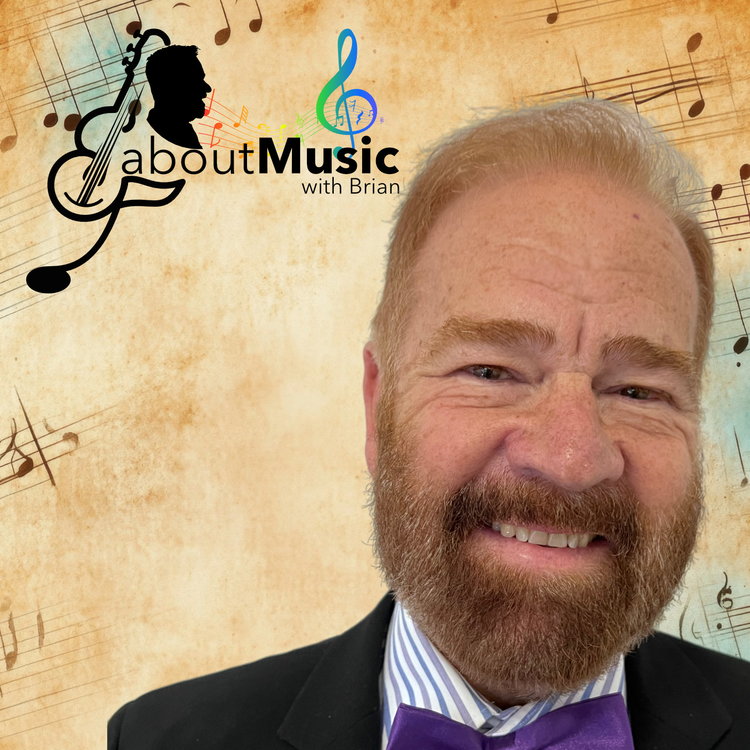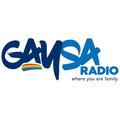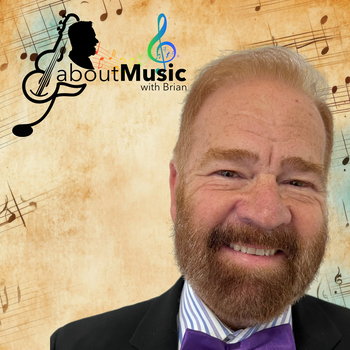
Programme 97 Violin Concertos
Loading player...
Programme 97 Violin Concertos Programme description
Today we have part two of a series in which we will explore in depth the various instruments that are used in the orchestra. By in depth I mean that we will listen to a substantial amount of music for each instrument, focusing on them one by one.
We are busy listening to the leader of the orchestra, the Violin.
We are about to listen to two more concertos for violin as we continue to become really familiar with the sound and range of possibilities of this instrument. For today I would like you to take note of a feature of most concertos, namely the cadenza, as we listen to Mozart’s concerto. This is an opportunity for the soloist to show their skill while the orchestra remains silent. Sometimes the composer wrote this part, and often the composer left it to the performer to improvise their own. In this particular recording the cadenza is by the soloist, by Itzhak Perlman, and it occurs towards the end of the first movement. Both the other movements also feature short cadenza-like passages towards the end of the movements.
Mozart’s Violin Concerto No. 5 in A major, K. 219 ("The Turkish")
Mozart’s Violin Concerto No. 5 sparkles with youthful charm and inventive spirit. It highlights the violin’s playful grace and natural singing quality, moving from poised, elegant melodies to a lively, rhythmically charged "Turkish" section that adds surprise and drama. It’s a wonderful showcase of how lightness and virtuosity live together in the violin.
Tchaikovsky’s Violin Concerto in D major, Opus 35
Tchaikovsky’s Violin Concerto is a thrilling celebration of passion and virtuosity. From the opening bars, it demands emotional intensity and breathtaking agility from the soloist. The violin soars, dances, and weeps throughout, embodying the full power of Romantic expression — a dazzling display of the instrument’s ability to move and astonish an audience.
Today we have part two of a series in which we will explore in depth the various instruments that are used in the orchestra. By in depth I mean that we will listen to a substantial amount of music for each instrument, focusing on them one by one.
We are busy listening to the leader of the orchestra, the Violin.
We are about to listen to two more concertos for violin as we continue to become really familiar with the sound and range of possibilities of this instrument. For today I would like you to take note of a feature of most concertos, namely the cadenza, as we listen to Mozart’s concerto. This is an opportunity for the soloist to show their skill while the orchestra remains silent. Sometimes the composer wrote this part, and often the composer left it to the performer to improvise their own. In this particular recording the cadenza is by the soloist, by Itzhak Perlman, and it occurs towards the end of the first movement. Both the other movements also feature short cadenza-like passages towards the end of the movements.
Mozart’s Violin Concerto No. 5 in A major, K. 219 ("The Turkish")
Mozart’s Violin Concerto No. 5 sparkles with youthful charm and inventive spirit. It highlights the violin’s playful grace and natural singing quality, moving from poised, elegant melodies to a lively, rhythmically charged "Turkish" section that adds surprise and drama. It’s a wonderful showcase of how lightness and virtuosity live together in the violin.
Tchaikovsky’s Violin Concerto in D major, Opus 35
Tchaikovsky’s Violin Concerto is a thrilling celebration of passion and virtuosity. From the opening bars, it demands emotional intensity and breathtaking agility from the soloist. The violin soars, dances, and weeps throughout, embodying the full power of Romantic expression — a dazzling display of the instrument’s ability to move and astonish an audience.

